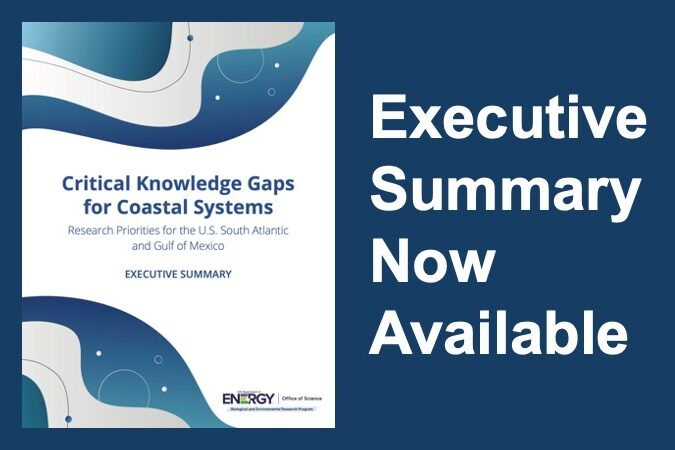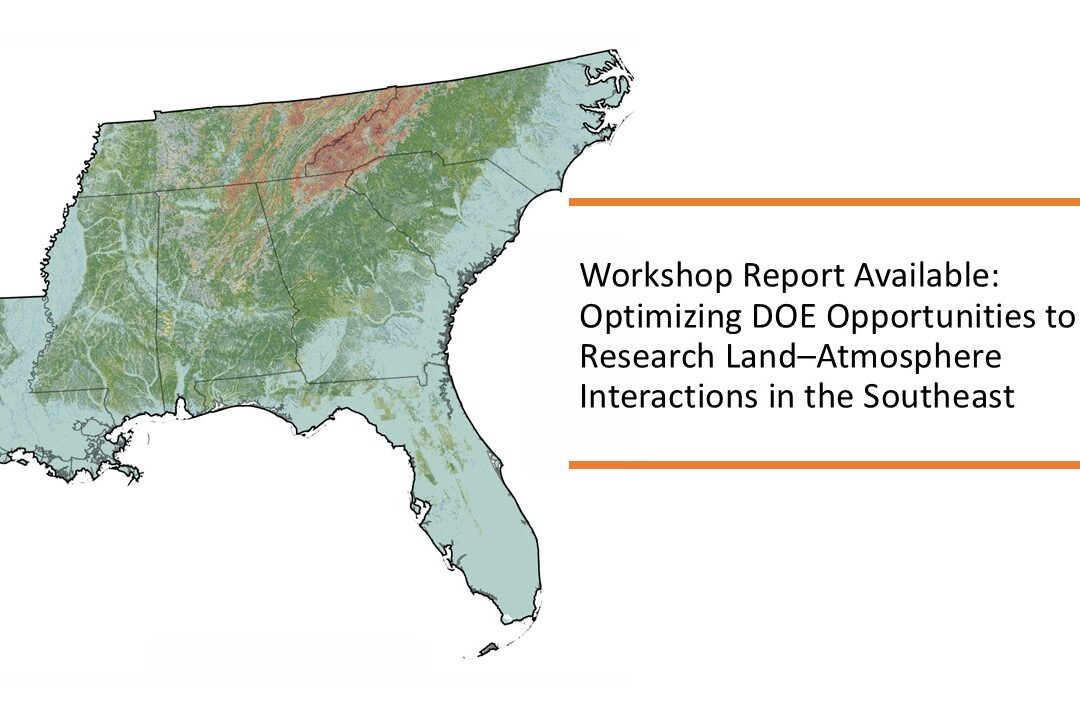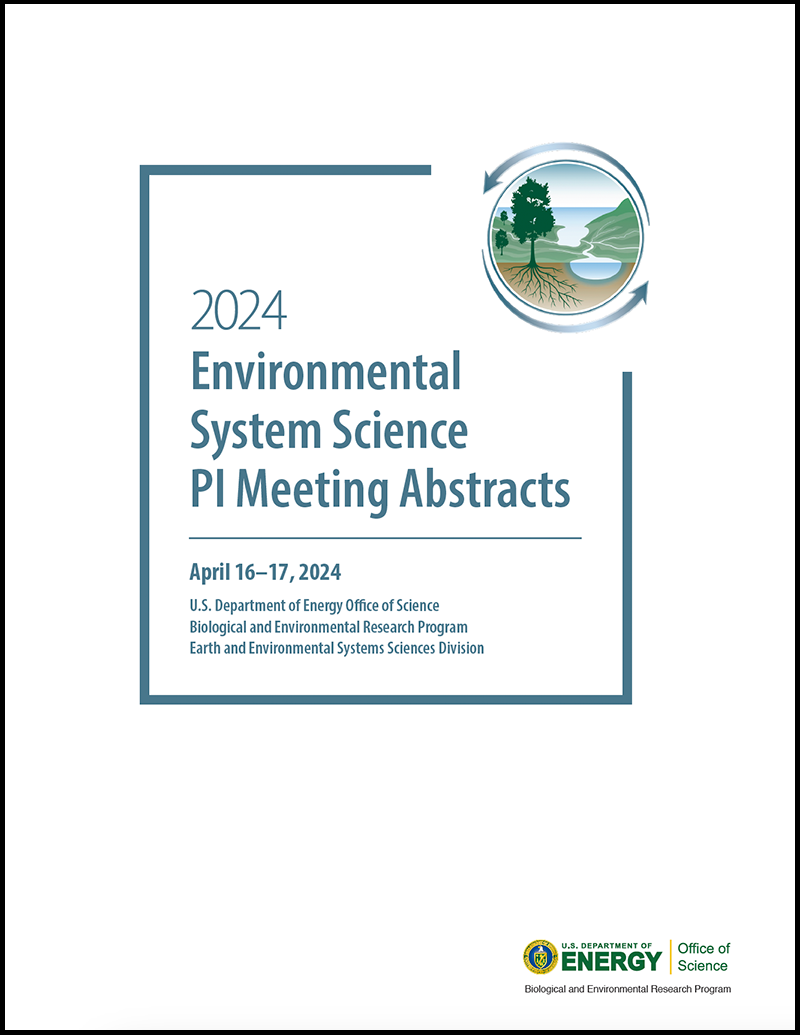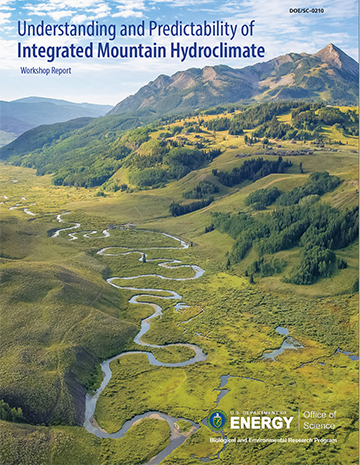News
-
Feb 7, 2025 - DOE’s Office of Science Accepting Applications for Graduate Student Research Awards
-
Jan 17, 2025 - Funding Opportunity: Early Career Research Program
-
Jan 17, 2025 - Jeremy Semrau Joins the Environmental System Science Team as IPA Program Manager
-
Nov 5, 2024 - Funding Opportunity: Environmental System Science
-
Oct 1, 2024 - Department of Energy Announces up to $500 Million for Basic Research to Advance the Frontiers of Science











